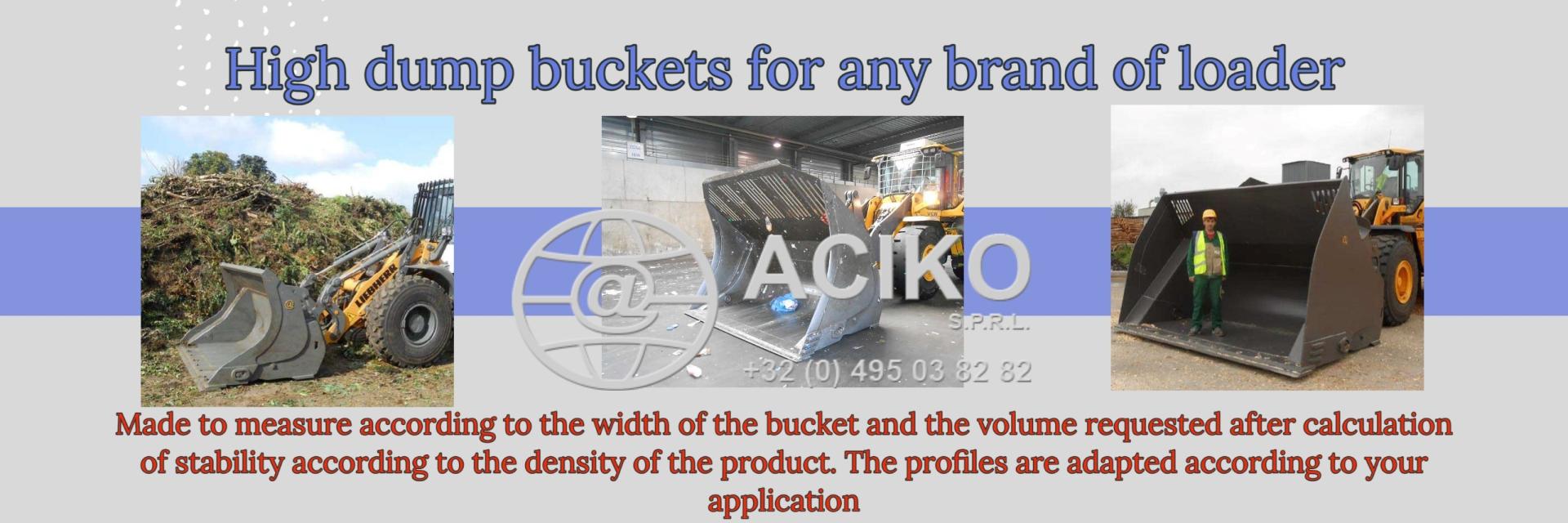R.E.News International-Cyber Resilience Act adopted in plenary with publication postponed to Autumn 2024
 21/03/24-FR-English-NL-footer
21/03/24-FR-English-NL-footer
La loi sur la cyber-résilience adoptée en plénière avec une publication reportée à l'automne 2024
 Cyber Resilience Act adopted in plenary with publication postponed to Autumn 2024 IMAGE SOURCE: CECE - Committee for European Construction Equipment
Cyber Resilience Act adopted in plenary with publication postponed to Autumn 2024 IMAGE SOURCE: CECE - Committee for European Construction Equipment
Le Parlement européen (PE) a adopté une version « provisoire » du texte final de la loi sur la cyber-résilience (CRA) lors de la séance plénière qui s'est tenue hier 12 mars. Toutefois, le texte du CRA (adopté par 517 voix pour, 12 contre et 78 abstentions) ne correspond pas à la version toute définitive de l'acte juridique puisque les révisions juristes-linguistiques habituelles nécessaires avant l'adoption en première lecture par le Parlement et Le Conseil est toujours en cours.
Même si l'accord politique conclu en trilogue a été approuvé en janvier par une large majorité des membres de la commission de l'industrie, de la recherche et de l'énergie (ITRE), la version finale du règlement CRA ne sera pas prête d'ici la fin de l'année. législature en cours.
Cela est principalement dû aux dossiers prioritaires sélectionnés au Conseil de l'UE, qui a choisi de donner la priorité à d'autres questions législatives, retardant la finalisation du CRA jusqu'après la session plénière de mars. La version provisoire du texte final de l'ARC est donc encore sujette à des améliorations supplémentaires en vue d'aligner les différentes versions linguistiques et à toute autre adaptation technique (non substantielle !) qui pourrait être nécessaire.
Lors de la prochaine législature, une procédure de rectificatif sera lancée pour rectifier les éventuelles erreurs identifiées dans le texte provisoire du CRA voté lors de la séance plénière de mars. Le rectificatif sera ensuite examiné par la commission ITRE et annoncé en plénière dans les plus brefs délais. Selon ce processus, le Parlement a le droit d'approuver une version du texte, qui est en l'occurrence la version anglaise, et d'approuver toutes les autres traductions une fois disponibles, sans autre vote en plénière. Sur cette base, un vote supplémentaire n'est pas attendu sauf si une demande est faite par un groupe politique ou un groupe de députés atteignant au moins le seuil bas. Ce n'est qu'une fois le rectificatif approuvé par le Parlement que le Conseil de l'UE votera sur la loi sur la cyber-résilience et que le texte juridique sera considéré comme officiellement adopté par les colégislateurs en première lecture.
Compte tenu des retards procéduraux enregistrés, la signature officielle de la loi sur la cyber-résilience et sa publication au Journal officiel de l'UE (JOUE) sont attendues en septembre/octobre 2024 (délai précis restant à confirmer). En conséquence, cela aura un impact sur l’entrée en vigueur et la date d’application conséquente du nouveau règlement sur les exigences en matière de cybersécurité pour les produits comportant des éléments numériques. Initialement attendu au plus tard à la mi-2024, le CRA n’entrera en vigueur pas avant cet automne 2024, avec une applicabilité conséquente en septembre/octobre 2027.
Le CECE continuera de suivre de près les prochaines étapes de ce dossier pertinent pour l’industrie. L'équipe de projet sur la politique des données (PT Data), responsable du dossier au CECE, a livré une évaluation préliminaire des principales dispositions finales de l'ARC. En outre, PT Data travaille actuellement, en collaboration avec l'équipe de projet sur les machines (PT Machinery), sur une interprétation commune des liens entre le CRA et le règlement sur les machines afin d'assurer une mise en œuvre fluide des exigences de cybersécurité pour les produits de machines.
NJC.© Info CECE - Comité Européen des Matériels de Construction
-----------------------------------------------------------------------------------------------------------------
 21/03/24-English
21/03/24-English
Cyber Resilience Act adopted in plenary with publication postponed to Autumn 2024
 Cyber Resilience Act adopted in plenary with publication postponed to Autumn 2024 IMAGE SOURCE: CECE - Committee for European Construction Equipment
Cyber Resilience Act adopted in plenary with publication postponed to Autumn 2024 IMAGE SOURCE: CECE - Committee for European Construction Equipment
The European Parliament (EP) adopted a “provisional” version of the final text of the Cyber Resilience Act (CRA) at the plenary sitting held yesterday, on 12 March. However, the CRA text (adopted with 517 votes in favour, 12 against and 78 abstentions) does not correspond to the very final version of the legal act since the standard legal-linguistic revisions needed ahead of the first-reading adoption by the Parliament and Council are still undergoing.
While the political agreement reached in trilogue has been approved in January by a large majority of the members of the leading Committee on Industry, Research, and Energy (ITRE), the final version of the CRA regulation will not be ready by the end of the current parliamentary term.
This is mainly due to the priority files selected in the Council of the EU, which has opted to prioritize other legislative matters, delaying the finalisation of the CRA until after the March plenary session. The provisional version of the CRA final text is therefore still subject to further refinement with a view to aligning the different linguistic versions and any other technical (not substantial!) adaptations that may be needed.
Under the next parliamentary term, a corrigendum procedure will be launched to rectify any errors potentially identified in the CRA provisional text voted at the March plenary sitting. The corrigendum will then be examined by the ITRE Committee and announced in plenary at the earliest opportunity. According to this process, the Parliament is entitled to endorse one version of the text, which is the English one in this case, and approve all the other translations once available, without another plenary vote. Based on this, an additional vote isn't expected unless a request is made by a political group or a group of MEPs reaching at least the low threshold. Only once the corrigendum is approved in Parliament, the Council of the EU will vote on the Cyber Resilience Act and the legal text will be considered officially adopted by co-legislators at first reading.
In light of the procedural delays registered, the official signature of the Cyber Resilience Act and its publication in the EU Official Journal (OJEU) is expected in September/October 2024 (precise timeframe still to be confirmed). As a result, this will have an impact on the entry into force and consequent application date of the new regulation on cybersecurity requirements for products with digital elements. Initially expected by mid-2024 at the latest, the CRA will instead enter into force not before this Autumn 2024 with consequent applicability in September/October 2027.
CECE will continue to closely follow the next steps of this relevant file for the industry. The Project Team on data policy (PT Data), responsible for the file in CECE, delivered a preliminary assessment of the key CRA final provisions. In addition, PT Data is currently working, in conjunction with the Project Team on Machinery (PT Machinery), on a common interpretation of the links between the CRA and the Machinery Regulation to ensure a smooth implementation of the cybersecurity requirements for machinery products.
NJC.© Info CECE - Committee for European Construction Equipment
-------------------------------------------------------------------------------------------------------------------
 21/03/24-NL
21/03/24-NL
Cyber Resilience Act aangenomen in de plenaire vergadering en publicatie uitgesteld tot najaar 2024
 Cyber Resilience Act adopted in plenary with publication postponed to Autumn 2024 IMAGE SOURCE: CECE - Committee for European Construction Equipment
Cyber Resilience Act adopted in plenary with publication postponed to Autumn 2024 IMAGE SOURCE: CECE - Committee for European Construction Equipment
Het Europees Parlement (EP) heeft tijdens de plenaire vergadering van gisteren, op 12 maart, een “voorlopige” versie van de definitieve tekst van de Cyber Resilience Act (CRA) aangenomen. De CRA-tekst (aangenomen met 517 stemmen vóór, 12 tegen en 78 onthoudingen) komt echter niet overeen met de definitieve versie van het rechtsbesluit, aangezien de standaard juridisch-taalkundige herzieningen die nodig zijn voorafgaand aan de aanneming in eerste lezing door het Parlement en Raad zijn nog in behandeling.
Hoewel het tijdens de trialoog bereikte politieke akkoord in januari is goedgekeurd door een grote meerderheid van de leden van de leidende Commissie industrie, onderzoek en energie (ITRE), zal de definitieve versie van de CRA-verordening niet klaar zijn tegen het einde van de maand. huidige zittingsperiode.
Dit is voornamelijk te wijten aan de prioriteitsdossiers die zijn geselecteerd in de Raad van de EU, die ervoor heeft gekozen prioriteit te geven aan andere wetgevingskwesties, waardoor de afronding van het CRA wordt uitgesteld tot na de plenaire zitting van maart. De voorlopige versie van de definitieve tekst van het CRA moet daarom nog verder worden verfijnd met het oog op het op één lijn brengen van de verschillende taalversies en eventuele andere technische (niet-substantiële!) aanpassingen die nodig kunnen zijn.
Tijdens de volgende zittingsperiode zal een corrigendumprocedure worden gestart om eventuele fouten te corrigeren die mogelijk zijn geïdentificeerd in de voorlopige tekst van het CRA waarover tijdens de plenaire vergadering van maart is gestemd. Het corrigendum zal vervolgens door de ITRE-commissie worden besproken en zo spoedig mogelijk in de plenaire vergadering worden aangekondigd. Volgens dit proces heeft het Parlement het recht om één versie van de tekst, in dit geval de Engelse, goed te keuren en alle andere vertalingen goed te keuren zodra deze beschikbaar zijn, zonder dat er opnieuw in de plenaire stemming moet worden gestemd. Op basis hiervan wordt geen extra stemming verwacht, tenzij er een verzoek wordt gedaan door een fractie of een groep leden van het Europees Parlement die op zijn minst de lage drempel bereikt. Pas zodra het corrigendum door het Parlement is goedgekeurd, zal de Raad van de EU over de Cyber Resilience Act stemmen en zal de wetstekst in eerste lezing als officieel aangenomen door de medewetgevers worden beschouwd.
In het licht van de geregistreerde procedurele vertragingen wordt de officiële ondertekening van de Cyber Resilience Act en de publicatie ervan in het Publicatieblad van de EU (PBEU) verwacht in september/oktober 2024 (het precieze tijdschema moet nog worden bevestigd). Als gevolg hiervan zal dit gevolgen hebben voor de inwerkingtreding en de daaruit voortvloeiende toepassingsdatum van de nieuwe verordening inzake cyberbeveiligingseisen voor producten met digitale elementen. Aanvankelijk verwacht uiterlijk medio 2024, zal de CRA in plaats daarvan pas in het najaar van 2024 in werking treden, met als gevolg daarvan toepassing in september/oktober 2027.
CECE zal de volgende stappen van dit relevante dossier voor de sector nauwlettend blijven volgen. Het Projectteam databeleid (PT Data), verantwoordelijk voor het dossier bij CECE, heeft een voorlopige beoordeling opgeleverd van de belangrijkste CRA-eindbepalingen. Daarnaast werkt PT Data momenteel, in samenwerking met het Projectteam Machinery (PT Machinery), aan een gemeenschappelijke interpretatie van de verbanden tussen de CRA en de Machineverordening om een soepele implementatie van de cyberbeveiligingseisen voor machineproducten te garanderen.
NJC.© Info CECE - Comité voor Europees bouwmaterieel
----------------------------------------------------------------------------------------------------------------
Date de dernière mise à jour : 20/03/2024
















